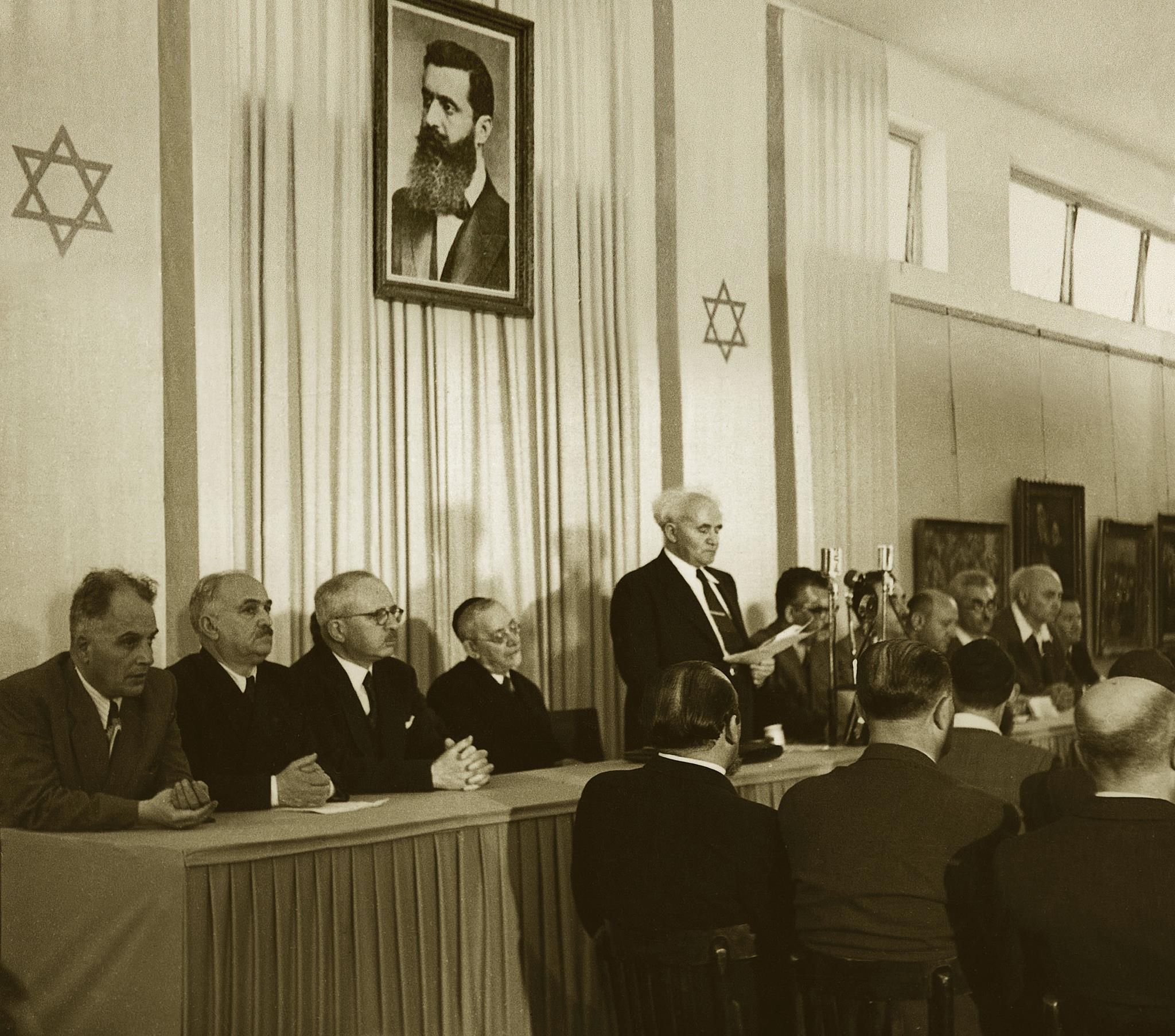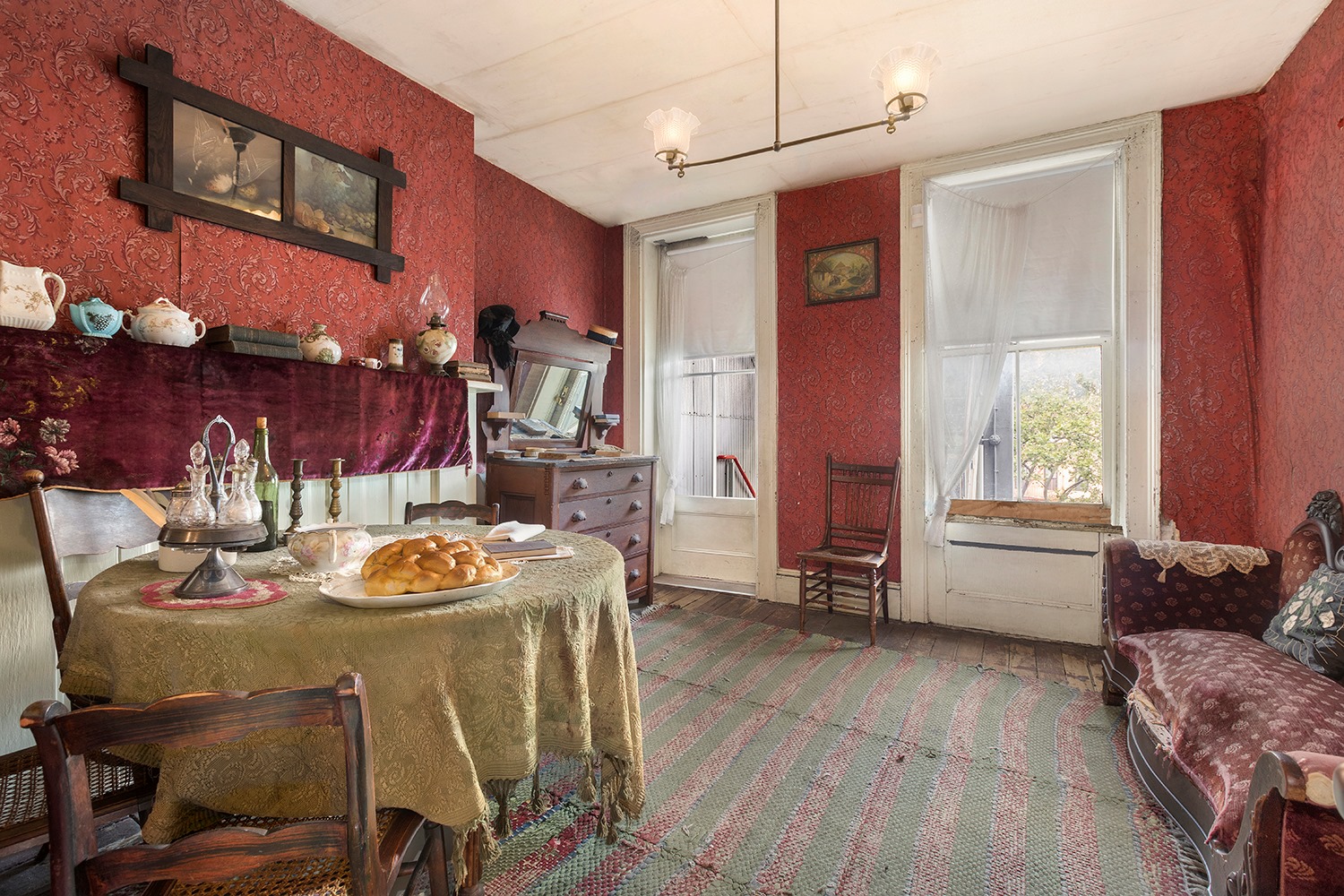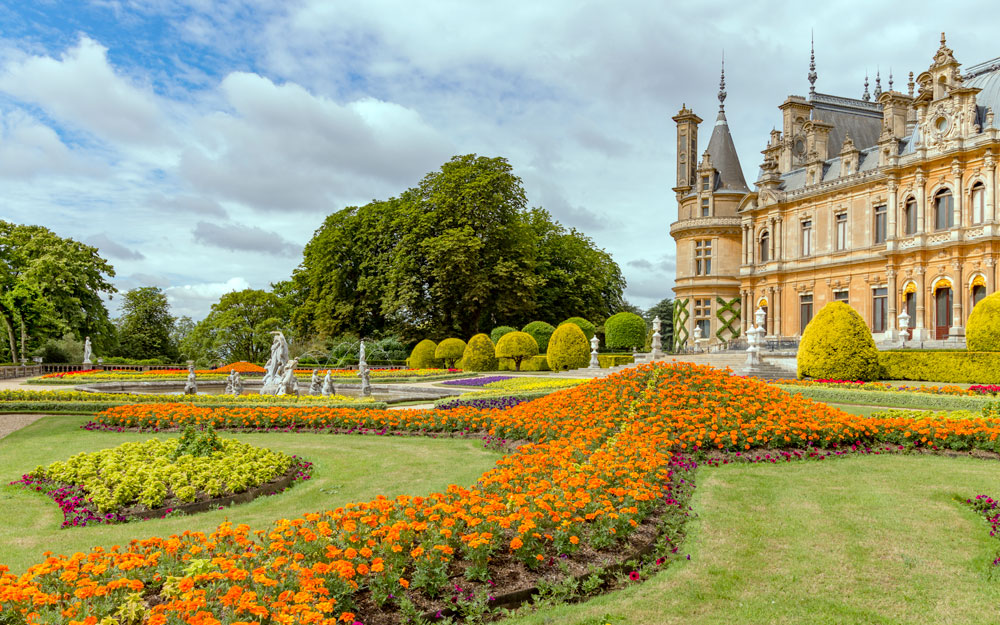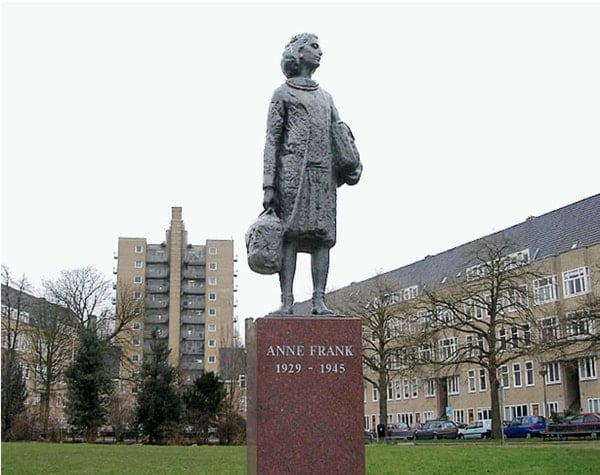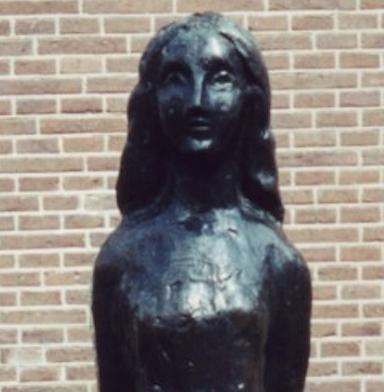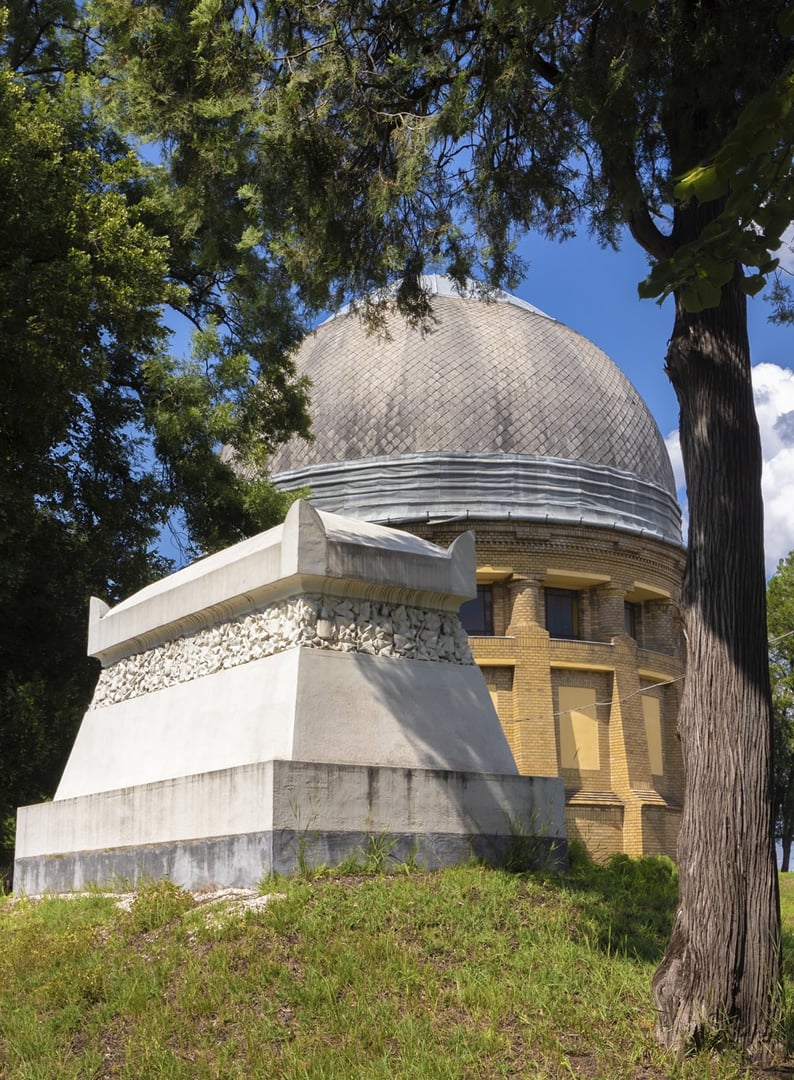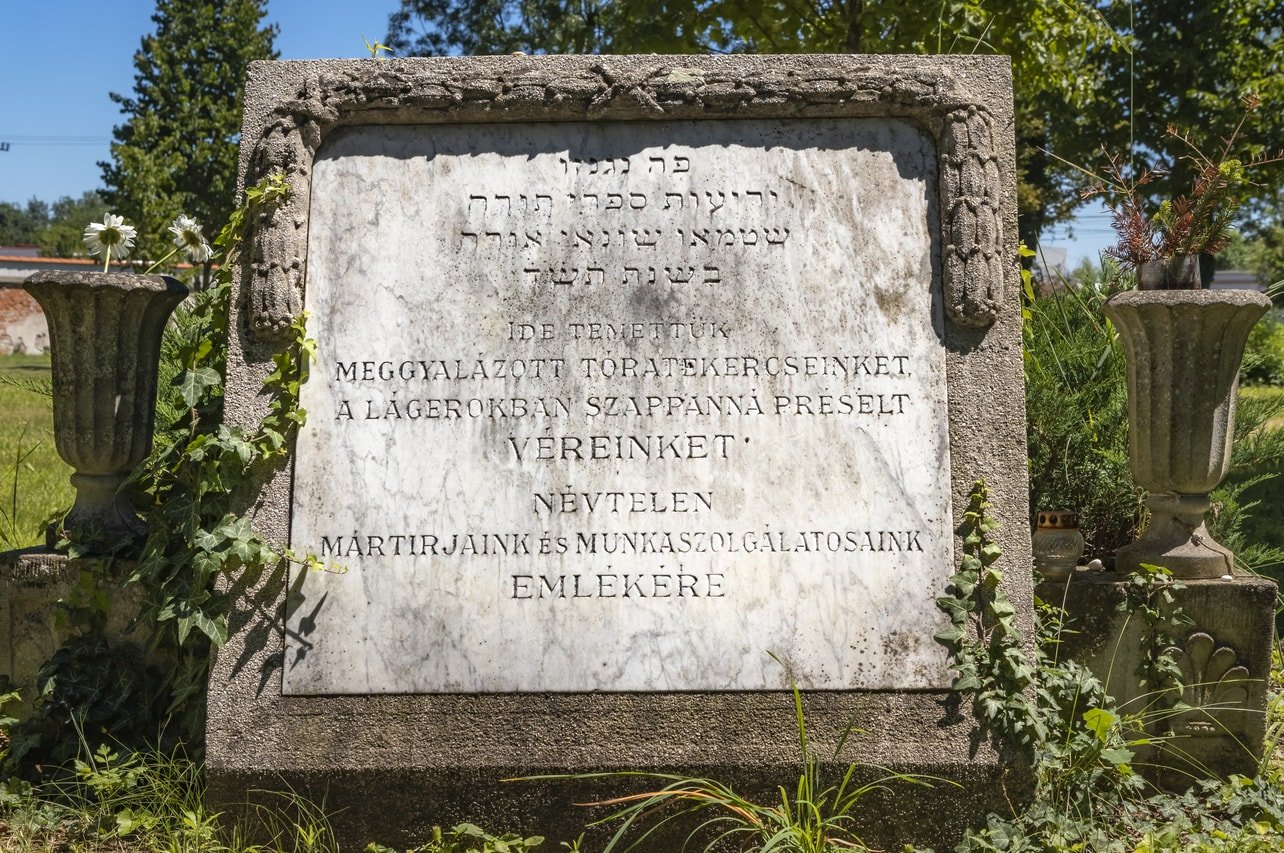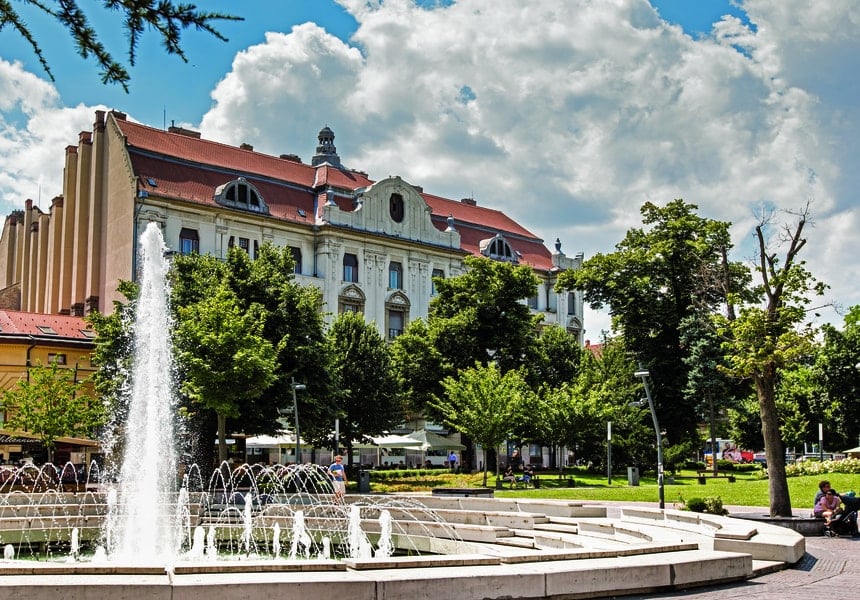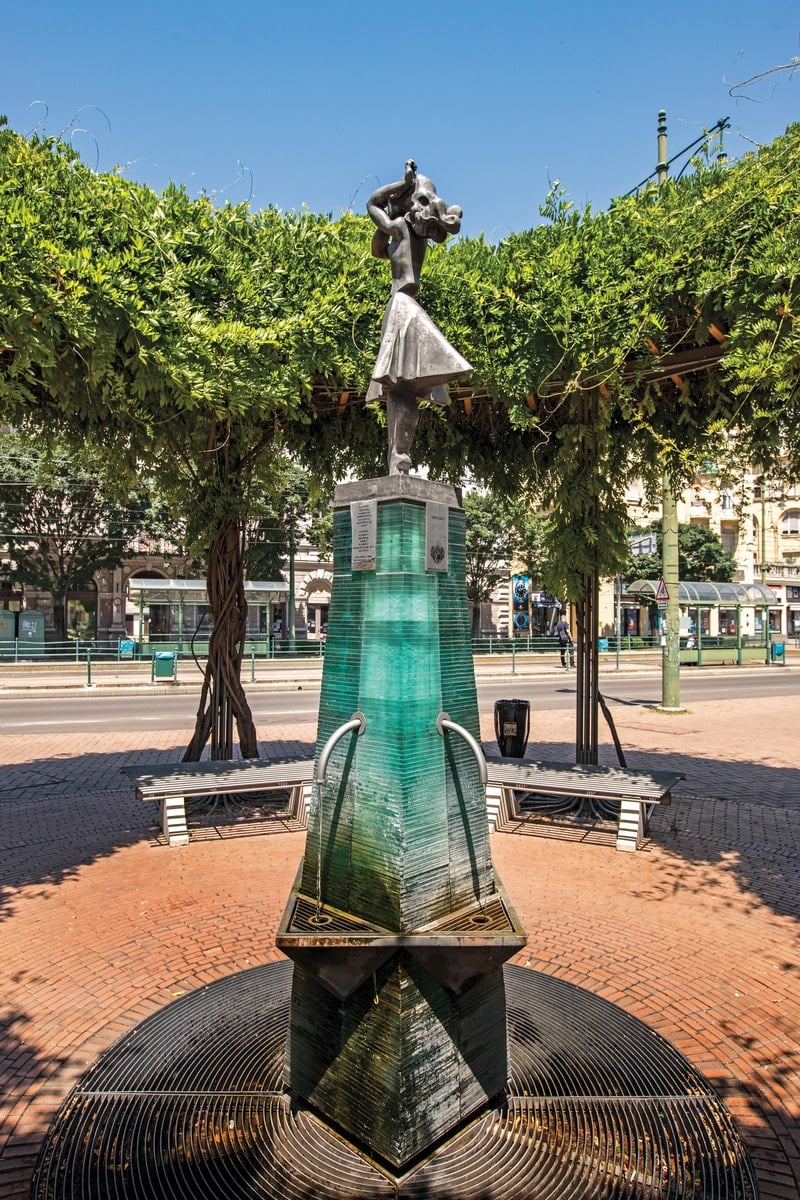Independence Hall, originally known as the Dizengoff House, (Hebrew: בית דיזנגוף) is best known as the site of the signing of Israel’s Declaration of Independence. It is located on the historic Rothschild Boulevard in Tel Aviv. It has been transformed into a museum and houses exhibits of the signing and exhibits regarding Tel Aviv’s history. From 1932 to 1971, it even contained the Tel Aviv Museum of Art. A Bible Museum, which features archaeological artifacts and Biblically themed artwork, was built amongst the higher levels of the building.
Site Tag: Attraction
Tenement Museum
At a time when issues surrounding migrants, refugees, and immigration have taken center stage, the Lower East Side Tenement Museum is a potent reminder that, as a nation shaped by immigration, our brightest hope for the future lies in the lessons of the past.
Our mission is to foster a society that embraces and values the role of immigration in the evolving American identity through guided tours; curriculum and programs for secondary and post-secondary educators; stories, primary sources and media shared on our website; and interactive online experiences such as Your Story, Our Story, podcasts and more.
Waddesdon – A Rothschild House and Gardens
The impressive French Renaissance-style château of Waddesdon Manor is set in Buckinghamshire, the heart of the English countryside, with sweeping landscapes and manicured gardens. Four Rothschilds have been responsible for the creation, care and development of Waddesdon.
Originally laid out in the 1870s and 1880s for Baron Ferdinand de Rothschild to house his collections of decorative arts, Old Master paintings and 18th-century portraits, Waddesdon welcomed the fashionable world to Saturday to Monday house parties. Ferdinand’s social circle spanned royalty, including the Prince of Wales, historians, explorers and writers. Politicians were often guests as well, as he became MP for Aylesbury in 1885 and was a trustee of the British Museum.
Waddesdon’s gardens were created by French landscape designer Elie Lainé and involved levelling the crown of the hill on which the Manor sits. Focal points in the garden include an iconic Victorian-style Parterre – famed for its colourful seasonal bedding, an ornate Rococo-style Aviary – still housing rare birds, Pulham rockwork and 3D bird bedding sculptures that are examples of the Rothschild’s pioneering gardening.
Ferdinand left his estate to his sister Alice (1847-1922), who in turn left Waddesdon to her great-nephew James de Rothschild (1878-1957) of Paris. James married an Englishwoman, Dorothy Pinto, and became a naturalized British citizen.
To secure its future James left Waddesdon to the National Trust in 1957. For nearly 30 years Dorothy oversaw the opening of the house to the public on behalf of the Trust, and at her death in 1988 she left the responsibility for Waddesdon to Jacob, Lord Rothschild (b 1936), a leading figure in the world of art and culture as well as finance.
The Rothschild Foundation now manages Waddesdon on behalf of the National Trust and has continued to add to the collections.
Merwedeplein
Anne Frank Monument
The Anne Frank statue stands as a tribute to Anne Frank, the young Jewish Dutch girl who was murdered by the Nazis during World War II. The statue is smaller than real life and depicts Anne Frank as a young woman standing proudly with her hands on her back.
World War I Memorial
All communities intended to erect a monument to commemorate their war heroes during WWI and especially in the interwar era. Such was the case in the Jewry of Szeged who were the first in town to erect memorial boards for their war heroes on the wall of the Old Synagogue in 1924.
Another WWI memorial place was soon erected in the Jewish cemetery in 1933, remembering the heroic deeds and sacrifice of Jewish soldiers in the Great War. Nevertheless, these monuments also meant to express their loyalty to the Hungarian Nation.
The monument was inaugurated on 29 October 1933; a large number of people regardless of religious denomination attended the ceremony: the leadership of the city, battalions connected to Szeged, school students and representatives of the local religious communities.
The 2 meter tall white stone sarcophagus was made from public donations, and is the work of Jewish graphical artist and sculptor Ármin Tardos-Taussig. Several rows of small marble boards commemorate the names of 116 fallen Jewish war heroes from Szeged in the nearby plot.
Soap Grave
A special memorial is located on the east side of the graveyard, to the right of the Randegg memorial. Damaged Torah scrolls that became unusable during the Shoah, along with soaps made from human remains and human ashes from Auschwitz are buried here. Such memorials were erected in numerous Jewish cemeteries across Hungary. They symbolize the religious and personal
losses of the community and the damages in general.
Forbát House
The Art Nouveau Forbát or Müller House was built according to Lipót Baumhorn’s plans at the corner of Dugonics Sq. between 1911 and 1912. By this time, it was the eighth building (along with the New Synagogue, Headquarter building of the Jewish community, Ciduk Hadin House in the Jewish cemetery, 3 Wagner palaces and the building of the Csongrád Savings Bank) designed by Jewish architect Baumhorn in the city of Szeged.
Anna Well and Medicinal Bath
Only a single public bath survived the devastating Great Flood of 1879, thus, city leaders decided to have a new one built in order to satisfy arising local needs. A design contest was soon issued that the renowned Budapest-based architects Adolf Láng and Antal Steinhardt won.
The Savings Bank – Centre of Local Businesses
Influential citizens involved in local industry and commerce have strongly shaped the society of Szeged in the 19th century. They initiated the foundation of the Szeged-Csongrád Savings Bank in 1845 which was the 10th of its kind in the country. Its founder was Gábor Klauzál, the famous Szeged politician, who was representative of Csongrád County in the Houses of Parliament, later, minister of communal works and transportation in the first government formed after the Revolution of 1848. Bernát Back, the well-known Jewish tycoon and nationally famous public person can be found among its presidents as well.
